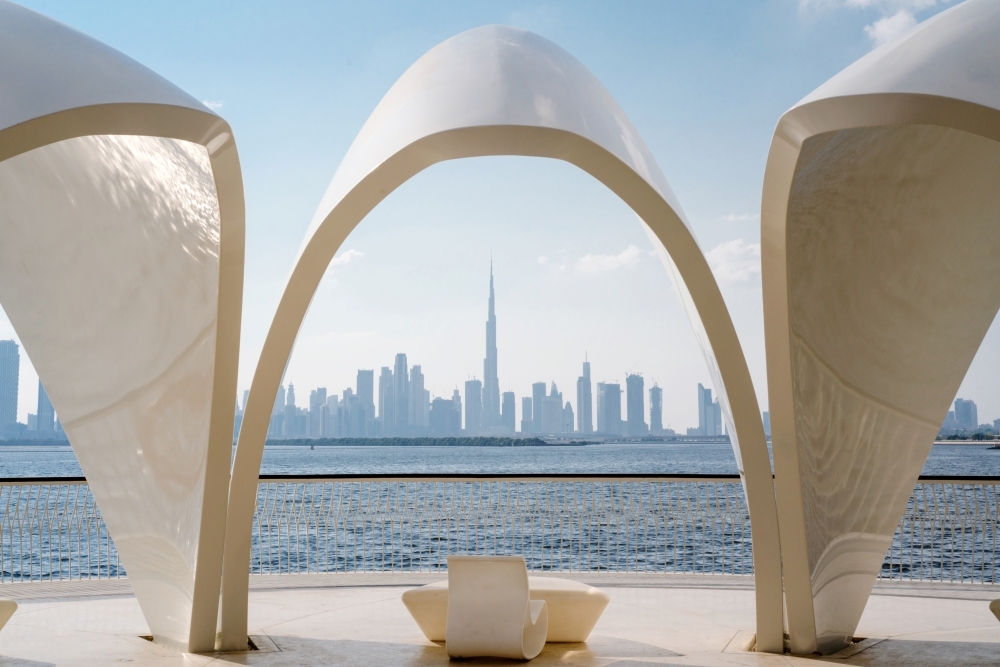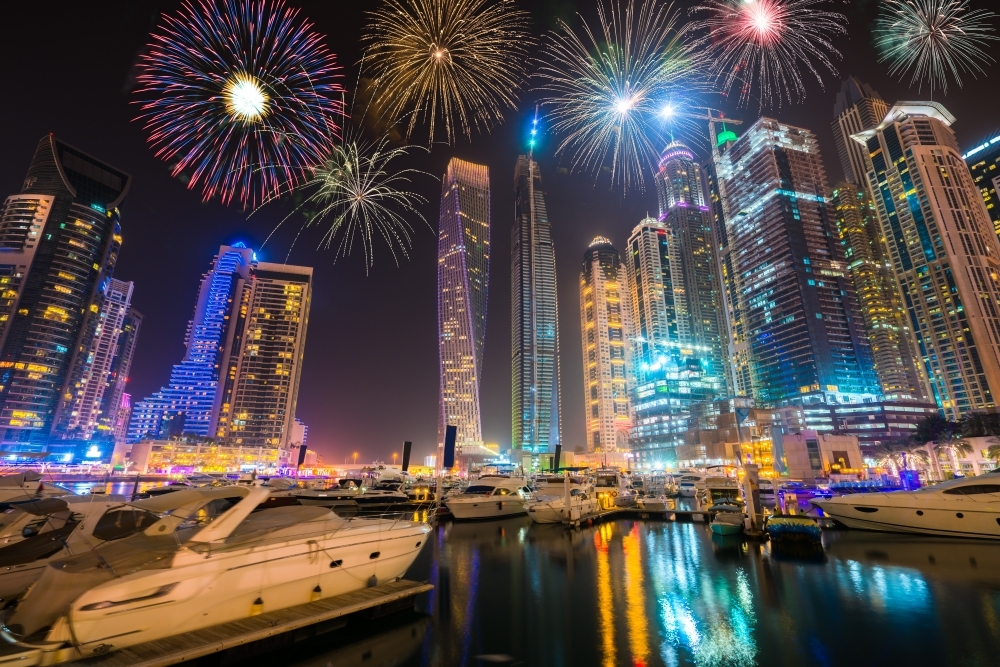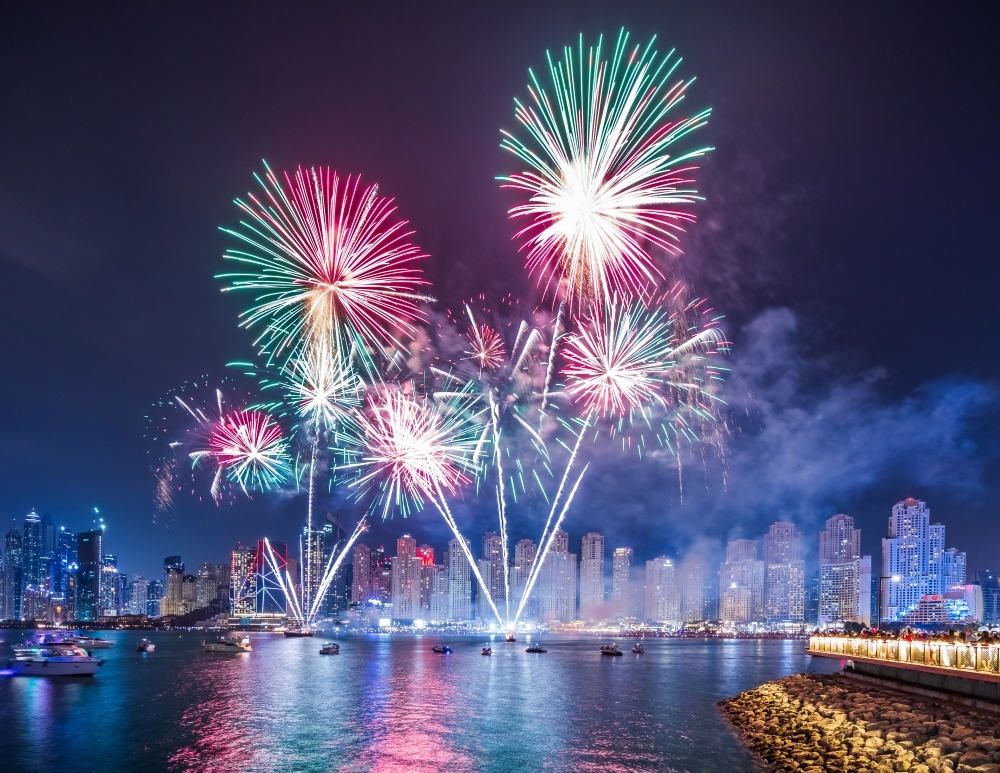Art Dubai 2025
Since its launch in 2007, Art Dubai has gradually transformed from regional curiosity to an essential stop on the global art circuit. What was once considered a sideshow to the established fairs in Basel, London, and New York now draws serious collectors and influential curators to the UAE each spring. This year's edition (18–20 April, with VIP previews 16–17 April at Madinat Jumeirah) arrives at a moment when the art world is increasingly looking beyond traditional centres for fresh perspectives and emerging talents.
Art Dubai's success wasn't instant or accidental. With backing from both government partners and private sponsors, the fair has grown strategically year by year, responding to market shifts and collector interests rather than forcing a predetermined vision. This pragmatic approach reflects Dubai itself – internationally focused, commercially savvy, and balancing business goals with genuine cultural ambition.
-Oct-12-2025-10-03-34-0757-AM.jpg?width=1000&height=567&name=Art%20dubai%20(1)-Oct-12-2025-10-03-34-0757-AM.jpg)
Cross-Cultural Dialogue Through Visual Language
Art Dubai accomplishes something unusual in the international fair circuit – it places Western blue-chip galleries right alongside spaces from Beirut, Tehran, and Lagos as equals. Yes, the familiar established names are present, but most visitors come hunting for discoveries, artists who rarely make it into traditional exhibition programmes or art history books.
The Modern section brings to light mid-20th century painters and sculptors from the Middle East, Africa, and South Asia who created their own visual language outside Western influence. Many became celebrated figures in their home countries during the 1950s and 1960s, perhaps shown briefly in Paris or London, then disappeared from international view. Today, though their work commands serious prices, these artists remain largely absent from major Western museums.
By bringing these overlooked talents back into view, Art Dubai offers something more valuable than just sales opportunities. The thoughtfully researched presentations give context that transforms buying art into a process of revelation. Collectors who’ve grown bored with seeing the same predictable names at every fair find this refreshing.
Digital Frontiers and Traditional Forms
In one corner of the fair, visitors try on VR headsets to explore digital landscapes inspired by ancient Mesopotamian mythology. Nearby, collectors examine blockchain-certified artworks displayed on museum-quality screens. The Digital section reflects Dubai’s ambitions in technology whilst staying connected to the region’s rich cultural history.
Digital art has become increasingly integrated into the international art market, and Art Dubai's approach feels particularly cohesive. Rather than segregating digital works into a separate section, as some fairs still do, Art Dubai weaves these new forms into meaningful dialogue with traditional practices. You might find a Saudi artist from a family of calligraphers using parametric algorithms to transform Arabic script or a Palestinian collective exploring questions of land ownership through blockchain projects, where physical territory remains contested.
It makes perfect sense for Dubai to embrace digital art so naturally. The city itself is a place where centuries-old traditions exist alongside futuristic architecture and technology. Conversations about digital art here go deeper than just technical innovation – they explore how cultural expression can evolve through new tools while honouring historical practices.
Cultural Development
The fair’s cultural role goes far beyond sales. The Global Art Forum reflects this, bringing together university professors and community organisers for in-depth discussions on topics like arts education in regions where formal training has traditionally been limited.
These non-commercial elements set Art Dubai apart from fairs that focus mostly on transactions. While similar initiatives exist elsewhere, Art Dubai has built a consistent reputation for combining market activity with meaningful cultural programming. The Global Art Forum has become one of the intellectual highlights of the regional calendar, attracting academics and practitioners who might otherwise bypass commercial events. Year-round, the Campus Art Dubai programme supports emerging artists, with the fair serving as a culmination of ongoing work rather than a standalone event.
What stands out about Art Dubai is how it pairs commercial success with a clear commitment to cultural engagement. The educational side isn’t an add-on – it’s part of how the fair maintains its relevance within the region’s evolving art ecosystem.
The fair also directly supports artists through commissioning programmes. Each edition features new works created specifically for Art Dubai, often giving artists from regions with limited institutional support the chance to realise ambitious projects that might otherwise never move beyond the concept stage.
New Perspectives on Value
Among today’s collectors, there’s a growing shift in focus. Many who previously concentrated on Western contemporary art are now turning to artists from Africa and the Middle East. The works often speak directly to regional experiences—rapid development, questions of cultural identity, and the impact of globalisation—resonating with collectors who see their own lives reflected in these themes.
This shift in who’s buying art has been especially visible at Art Dubai. While the early editions mostly featured Western galleries selling to Western collectors, today’s fair sees increasing engagement from collectors and galleries across Africa, the Middle East, and South Asia. These connections often bypass traditional Western-dominated channels, reflecting a broader rebalancing in the global art market that Art Dubai has helped facilitate.
Museums across the Gulf have followed a similar path. They’re using the fair to build collections that will reshape how art history gets written. Rather than simply copying Western museum models, they’re developing approaches that highlight different histories and connections – often bringing together works that illuminate artistic dialogues between Africa, the Middle East, and South Asia that have historically been underrepresented in Western collections.
Big-ticket sales still draw attention, yet Art Dubai, like many international fairs, also sustains a healthy mix of transactions across price points – from accessible prints to major installations. This diversity supports artists at different stages of their careers and broadens access to collecting beyond the ultra-wealthy.
Cultural Infrastructure and Urban Identity
Beyond the fair itself, conversations inevitably turn to Dubai’s growing cultural landscape. From the converted warehouses of Alserkal Avenue to the sleek Jameel Arts Centre on the creek, the city has invested in permanent art spaces with different approaches and audiences.
Art Dubai acts as a yearly catalyst that energises this whole ecosystem. International visitors now typically explore these other venues during their stay, creating a relationship that benefits both the fair and the wider art scene. These connections provide context that enriches the experience of works at the fair while offering visitors more than just a commercial environment.
What’s changed in recent years is the depth of engagement. Visitors often plan longer stays that take in galleries, museums, artists’ studios, and community spaces – making it feel more like a cultural week than a single event. The scene feels substantial, with many different ways to engage with contemporary art.
This shift mirrors Dubai’s larger transformation from being primarily a business destination to becoming a more complex cultural centre. Art has become part of how the city sees itself – not just as a luxury add-on but as an essential aspect of its identity. Public artworks throughout Dubai now make visual culture accessible far beyond the relatively exclusive environment of the fair.
Between Global and Local
As planning begins for future editions, Art Dubai navigates some interesting challenges and opportunities. New art fairs launching in Saudi Arabia and ongoing museum projects in Qatar create both competition and potential collaborations. Meanwhile, economic ups and downs affect different regions in different ways, with Dubai’s diverse collector base providing some stability when Western markets falter.
The fair’s organisers handle these complexities by emphasising what makes Dubai unique – its connectivity, international character, and ability to facilitate exchange between different markets and cultures. They understand that the fair’s real value comes not from imposing outside models but from amplifying what makes its location special.
Visitors leave with a broader perspective, having engaged in moments of exchange that feel fresh and genuinely illuminating. The usual hierarchies and categories of the art world begin to soften, replaced by shared influences, rediscovered references, or mutual recognition between artists from different backgrounds. These kinds of encounters reflect the fair’s role in opening up dialogue between regions often considered in isolation.
When the fair ends and artworks are carefully packed for shipment to collections around the world, these connections remain alive. Beyond sales totals and visitor numbers, Art Dubai’s real achievement lies in changing how people see art from regions that are typically viewed separately. By building these bridges, the fair embodies Dubai’s unique contribution to global cultural conversation.
Exhibition dates and specific programming details vary by edition. Visitors should confirm current information with Art Dubai directly when planning their experience.



